Post-Production: What Happens After the Shoot
Introduction
The photographer you see onsite taking beautiful photographs is just the tip of the iceberg when it comes to the work Open Homes puts into your images. Open Homes spends significantly more time on your images than our competition because we care first about your success. For every hour we spend onsite, our editors spend about four hours in post-production making sure your photos look spectacular. Let’s look at all the things we do after the photographer packs up their gear.
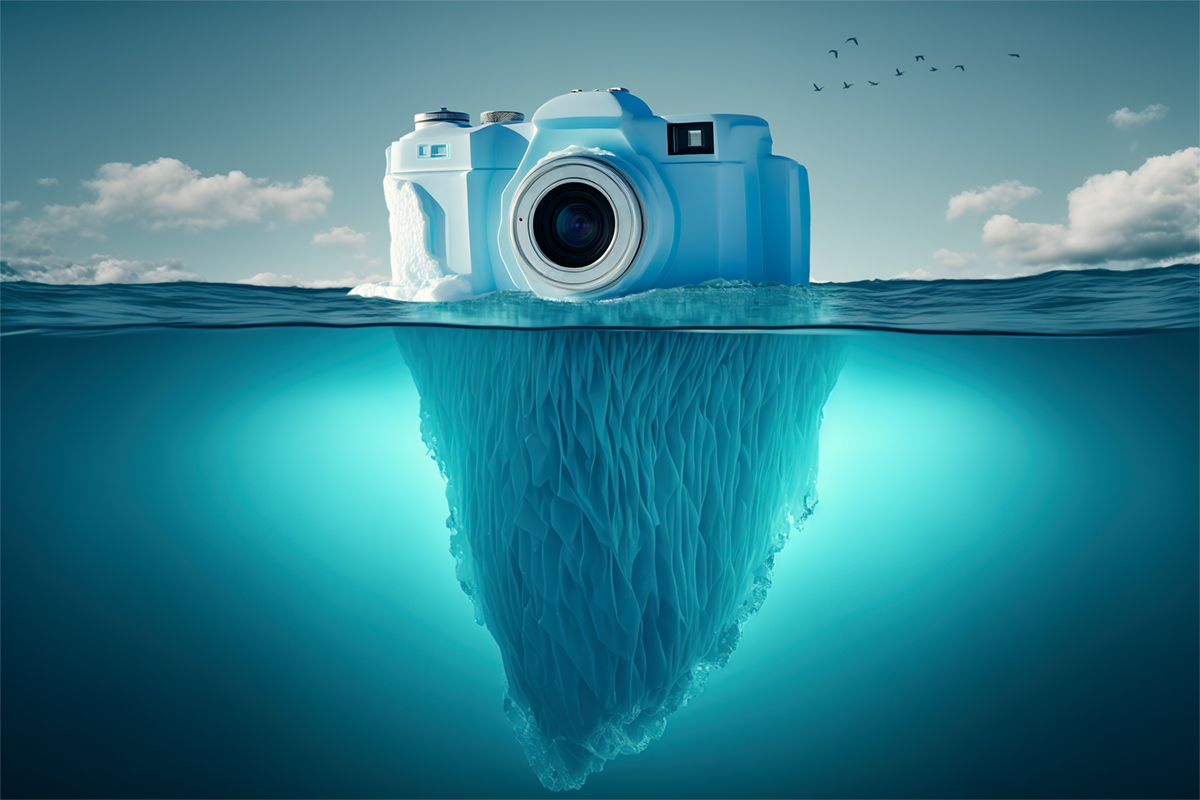
File Handling
Professional photographers use a flexible image format that requires processing before the photos can be used online. This format is crucial for getting the most out of your images. Until they are processed, the images look dim, bland and flat. Think of it like a raw steak. The meat is all there, but it’s much better after it’s been seasoned and cooked in butter.
After the shoot, your Visual Artist uploads the raw images to photo editing software. This software allows them to organize and look over all the images they shot to quickly make adjustments.
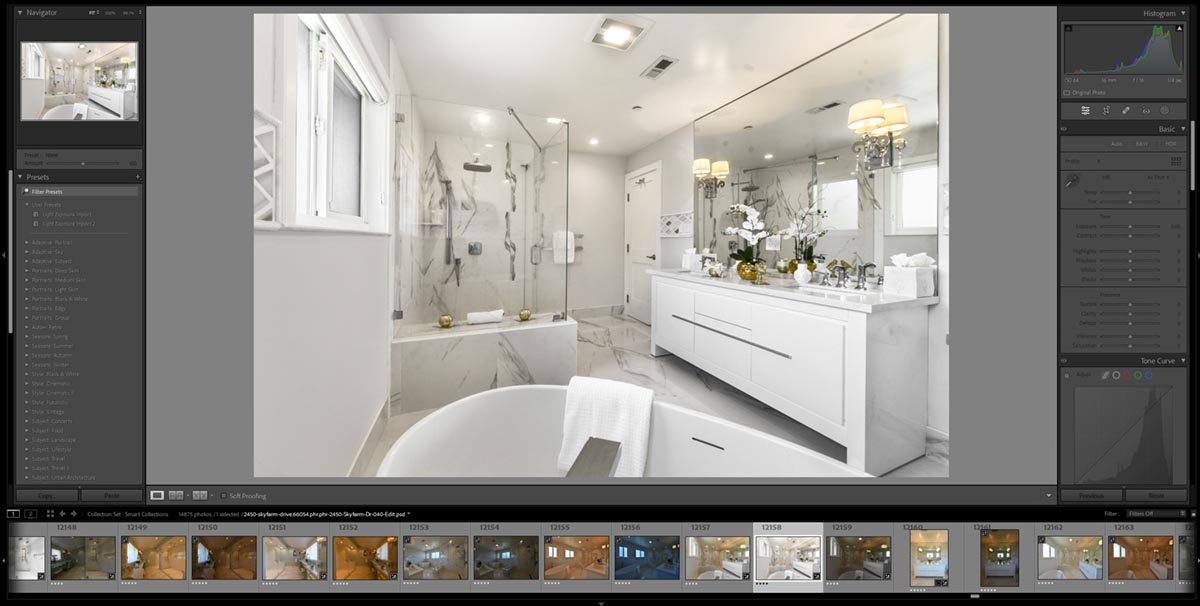
Shot Order
We carefully organize your photos so they flow well, as though the viewer is making their way through the home in person. If the images start in the backyard, jump to the bathroom, then to the front door, this can make otherwise beautiful images quite confusing. Our goal is to tell a story. One that is pleasant to read.
Initial Adjustments and Export
Once the body of work is tight and effectively ordered, the photographer crops images as needed to ensure that the compositions are perfect. Finally, the shoot is converted to a universal file format for consistency and sent to our editing team.
We have a team of expert retouchers who work on each image manually to ensure the best quality possible. Having this dedicated team is what allows us to deliver your images by 9am the next day.
Fine Tuning
Going back to our steak analogy, would you zap a New York strip in the microwave? Sure it will be cooked, but I’m not sure there are teeth on earth that could chew it. Similarly, our VAs create beautiful raw images, so nuking them with an automated editing process would be an incredible waste. Each image is assessed individually and edited manually to perfection. Here are some examples of what our team does to improve each image.
Images shot on wide angle lenses make rooms look larger, but are usually distorted. Perspective lines are corrected by our editors so vertical lines are vertical and walls aren’t bowed.
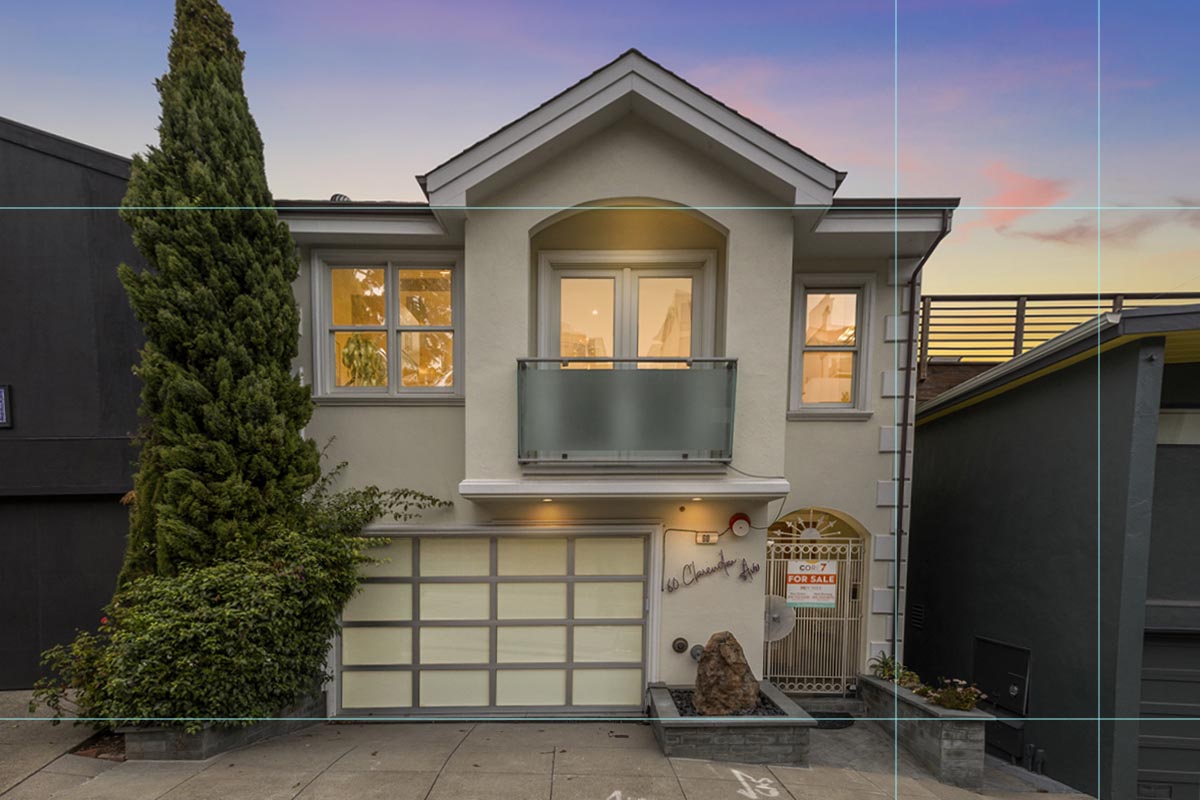
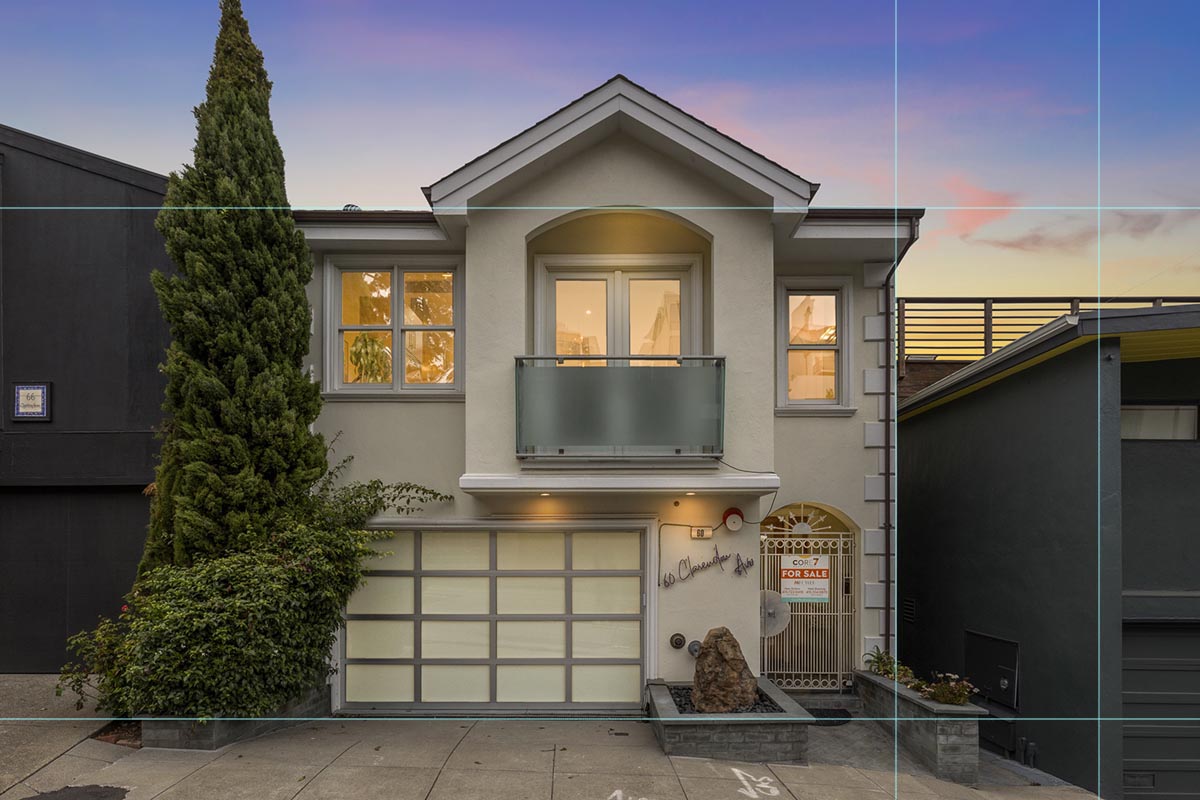
Each light source has its own color ranging from cool blue to warm orange and yellow. Your eyes get used to these differences in real life, so you often don’t notice. Cameras aren’t so forgiving. Our editors correct for this so your images don’t come out looking like a disco! Bright, clean-looking images are achieved by maintaining accurate colors and neutral whites.
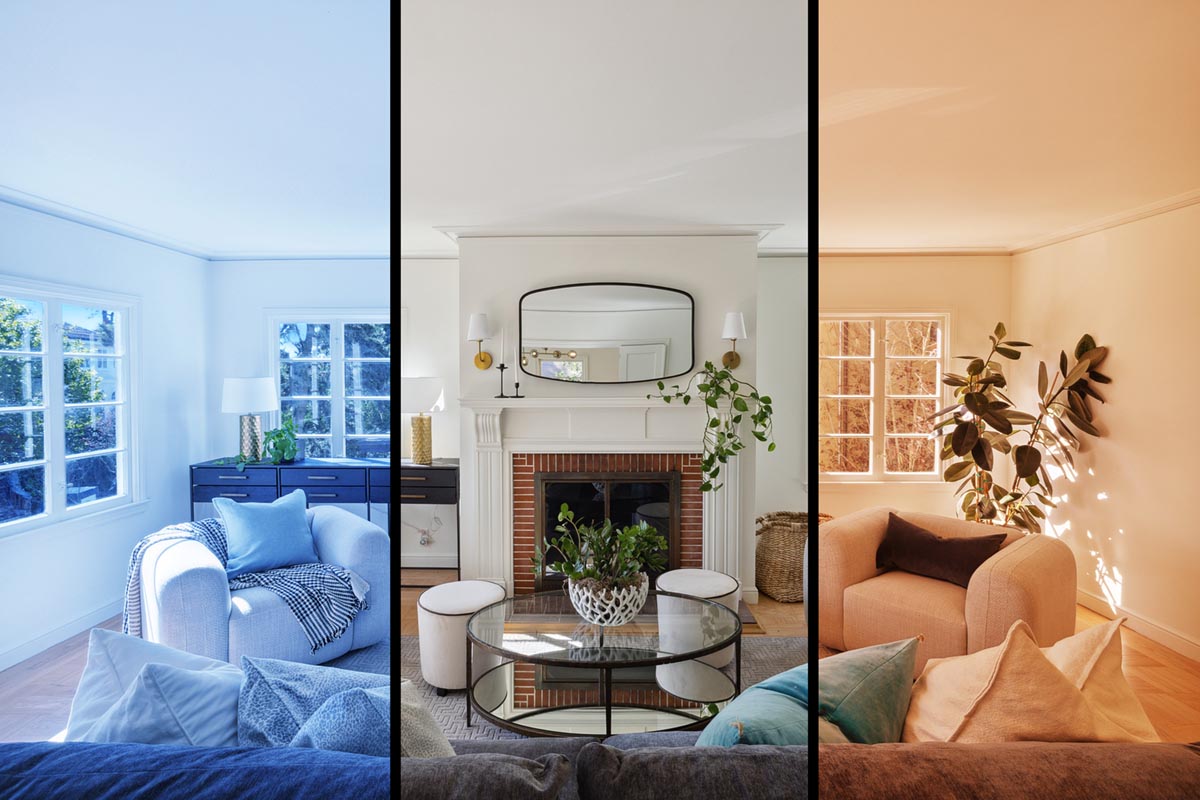
Home interiors often have corners that are dark. Light also gradually falls off as it moves away from a window. Our editors lighten these areas to ensure that the entire room looks even and bright.
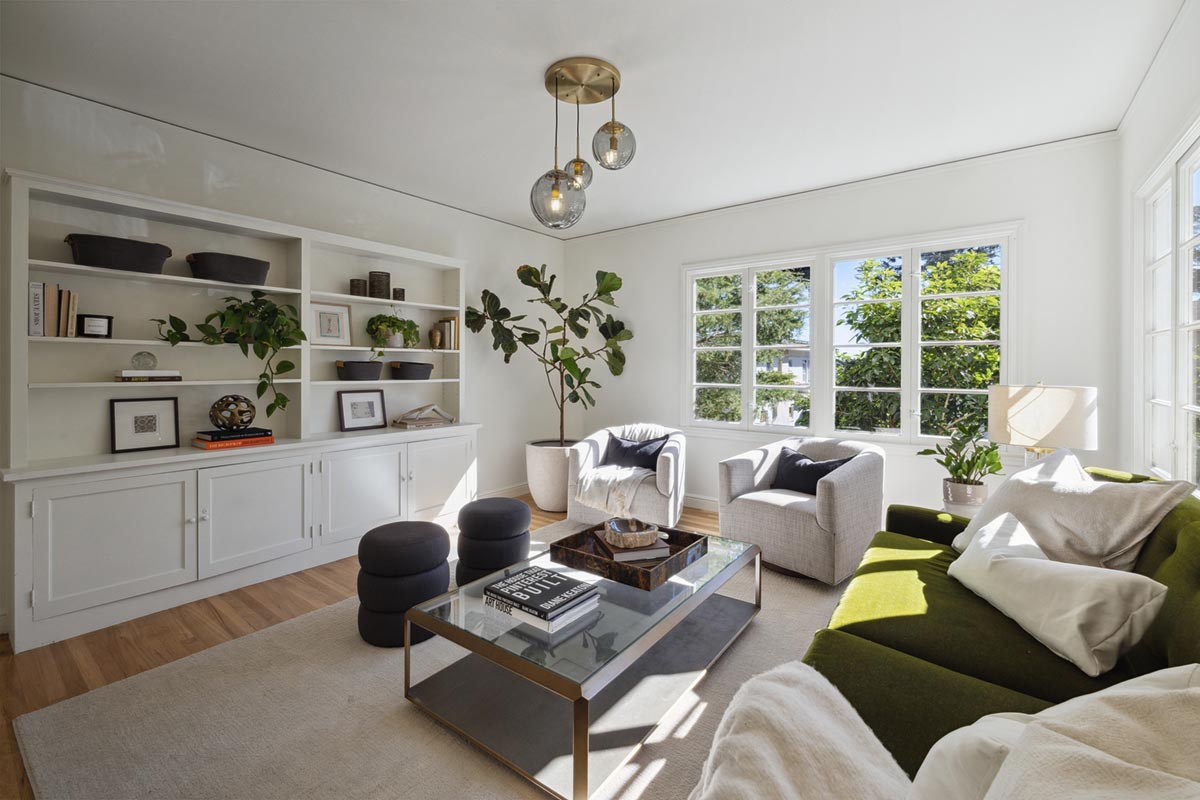
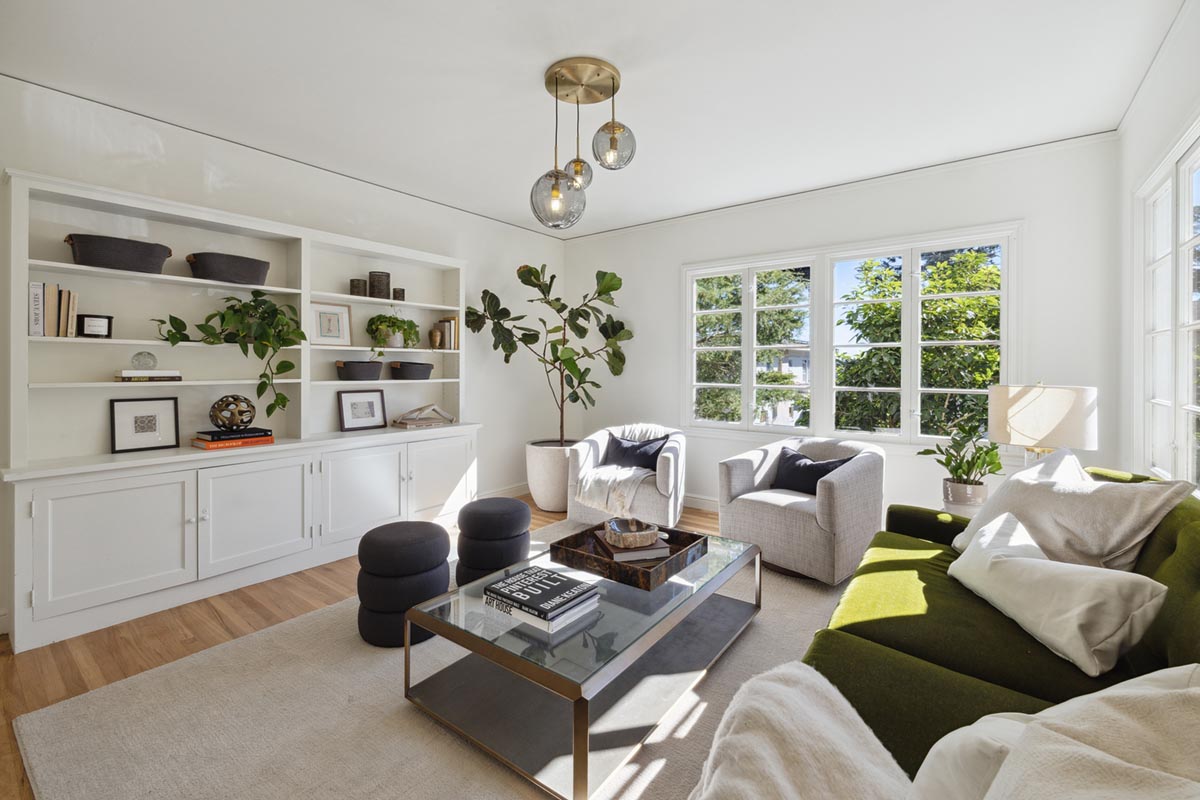
Our Visual Artists only use the best professional cameras and lenses, and still, a little sharpening goes a long way to elevate the pristine appeal of each image.
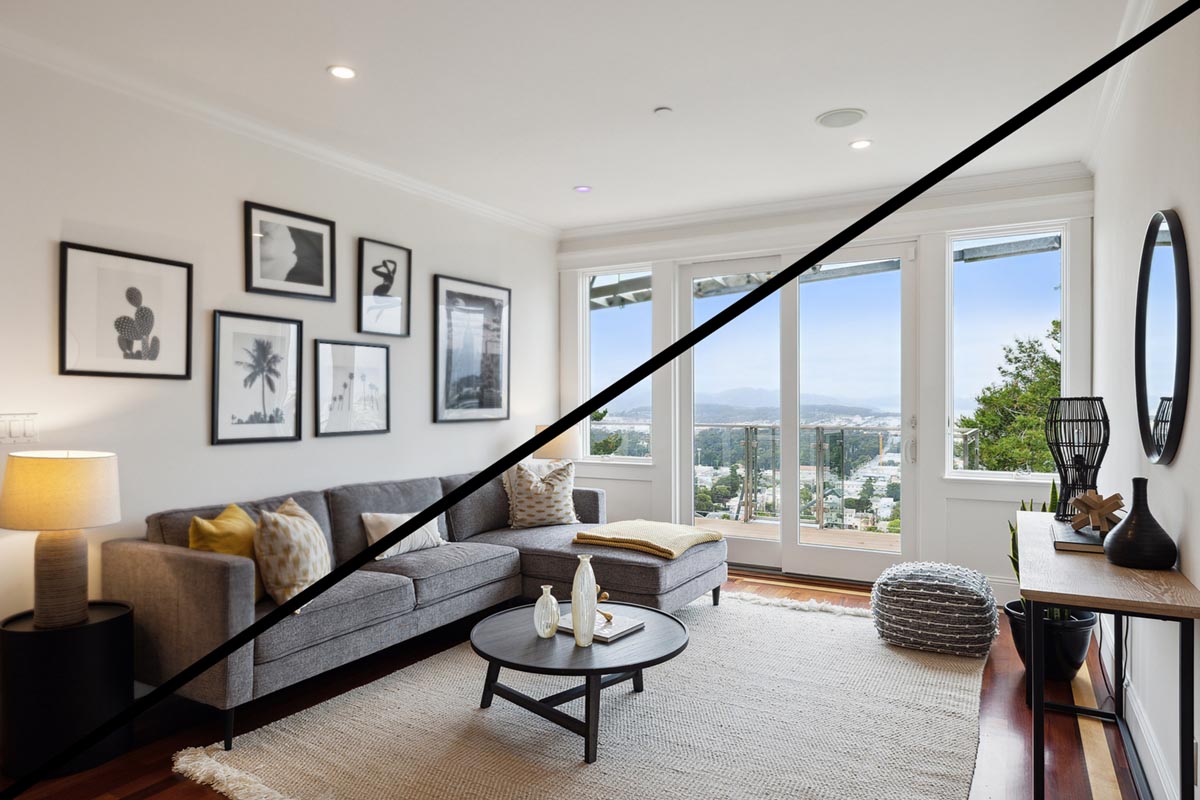
Window Exposures
Cameras struggle capturing very bright and very dark things in a single photograph. This is why you sometimes see images online with white windows or a sky that is pure white. To keep things looking natural like we see them with our eyes, we take 2 or more photos of each scene–one dark and one light–and combine them in post-production. This way you get that beautiful view out the window in its full glory, and skies that are blue.
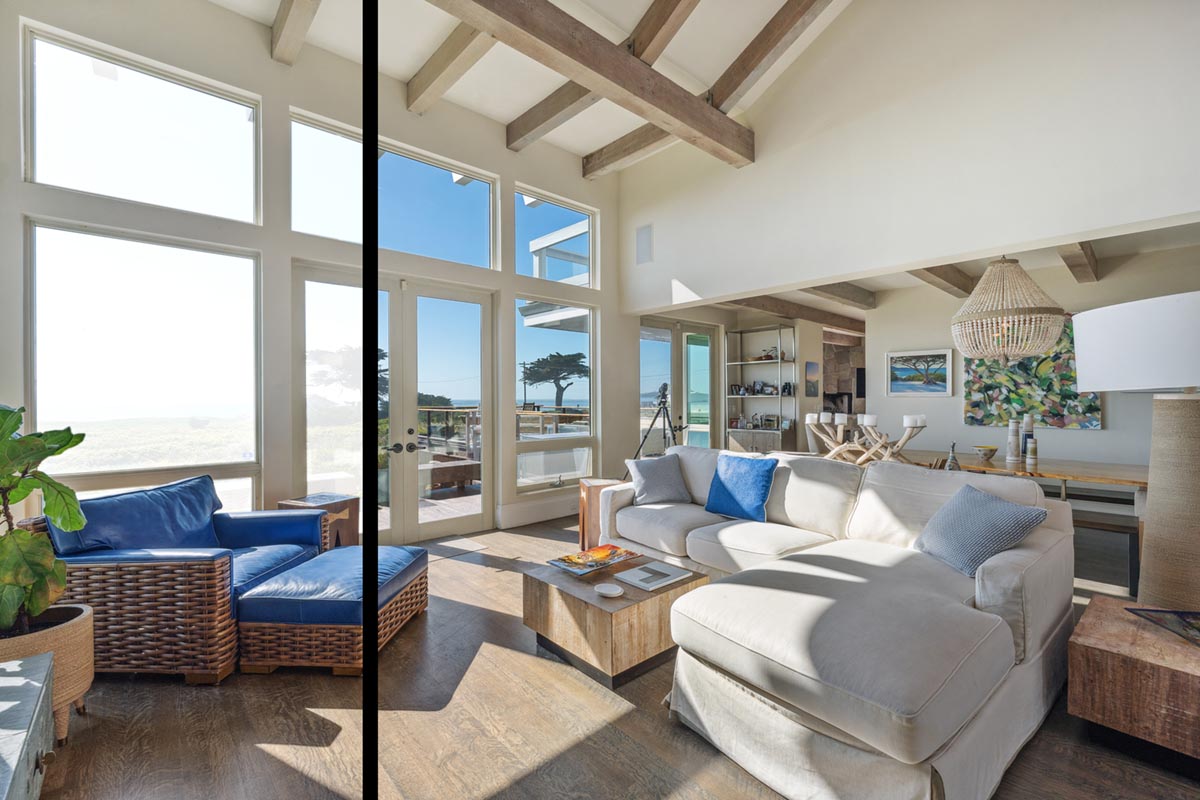
Many companies use automation to accomplish this, letting the computer decide how to combine the exposures, but we’ve learned the best results come from doing this manually. So that’s what we do. Want to know more about HDR and dynamic range? Check out our HDR article to delve deeper.
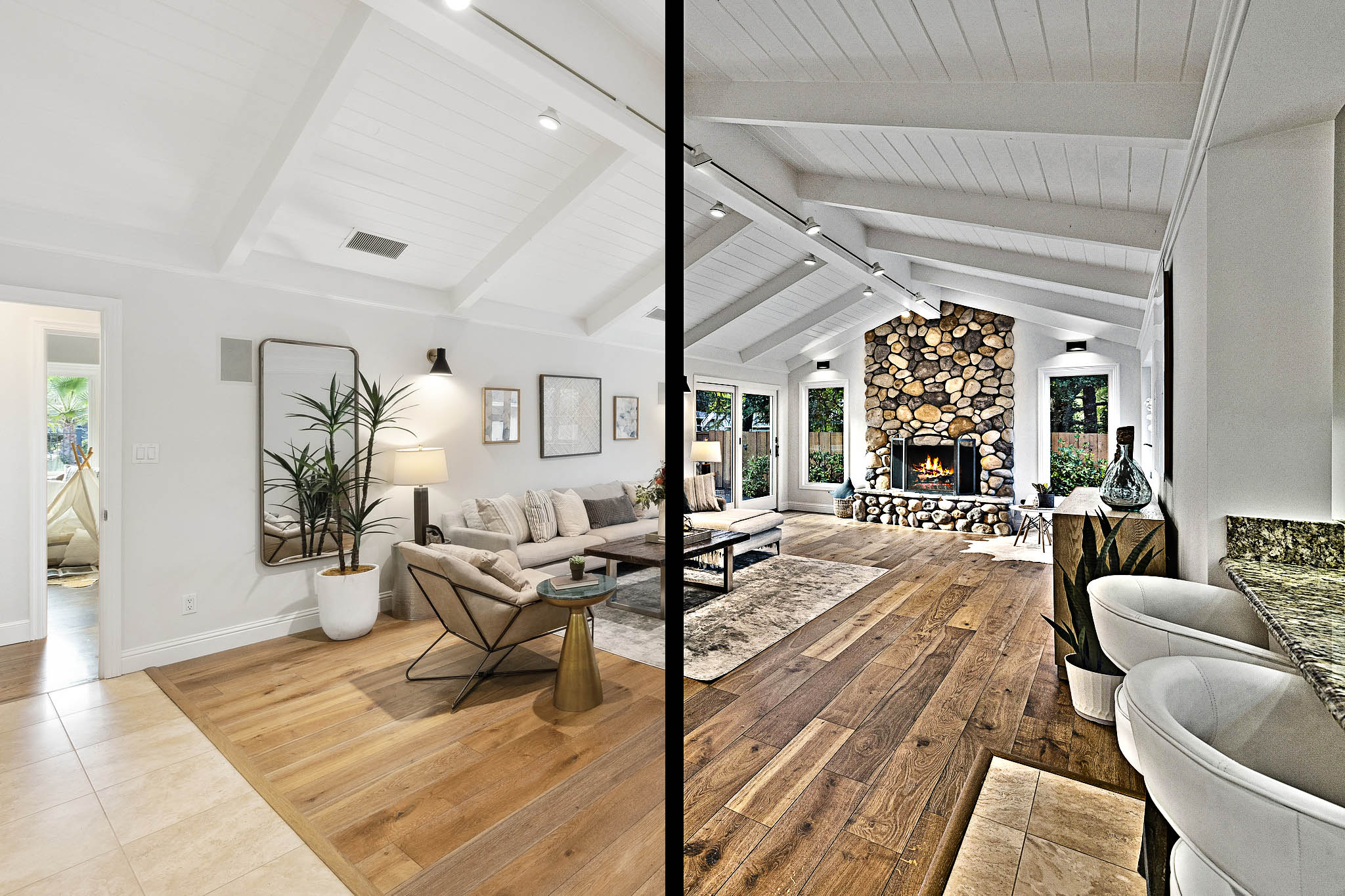
Special “Enhancement” Edits
Some images require special treatment. We provide custom edits like removing unwanted wires and garbage cans, blurring signs, turning on televisions or lighting up light bulbs. We can even put water in that sad, empty pool.
Fires added to fireplaces are now included with every order! In the past we’ve charged for lighting fireplaces and now you’ll get this benefit every time you work with us. We also provide free “MLS-friendly” versions of images with blurred signs.

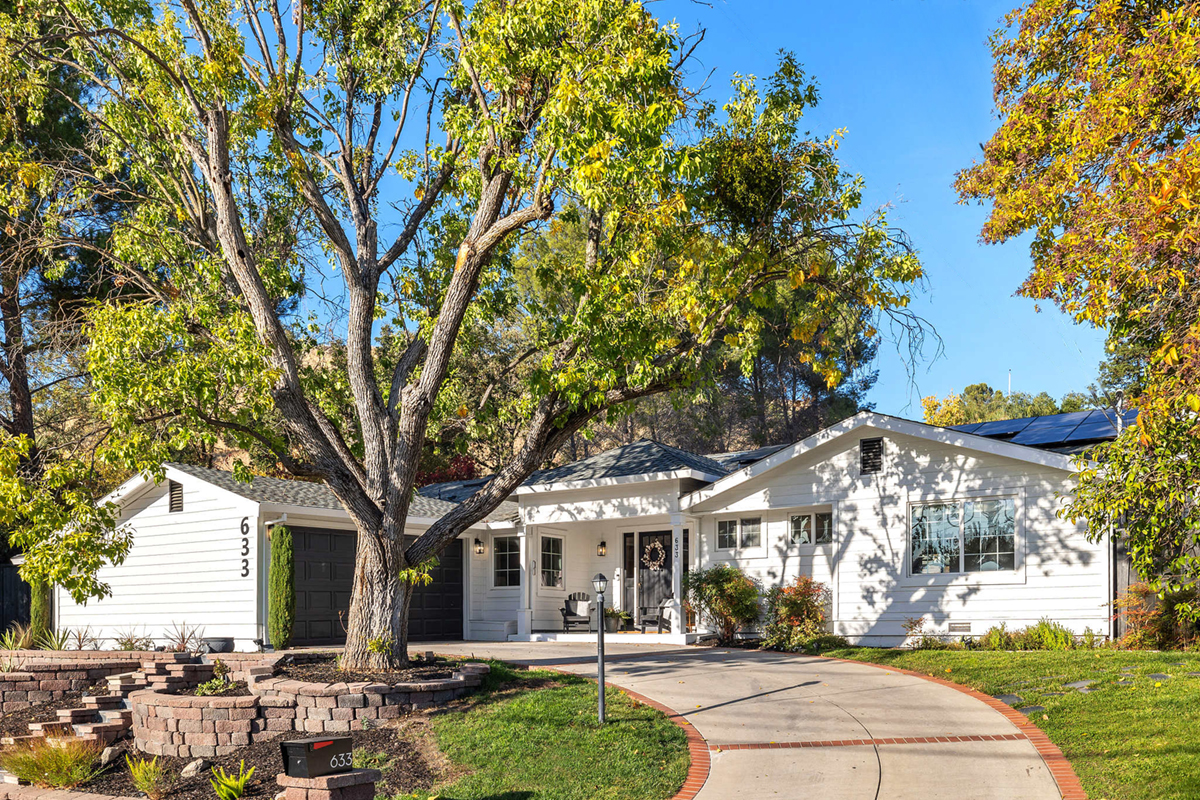
Conclusion
We put so much time and effort into perfecting your images because we care about your success. After shooting and retouching tens of millions of photos, we know what works. The first thing buyers see are your property’s photos, and the best images get clicked first. We spare no effort nor expense to ensure that your listing gets the attention it deserves so you can sell faster at higher prices. And when you show that next prospective seller the quality of your marketing, they’ll be eager to get the same treatment.
